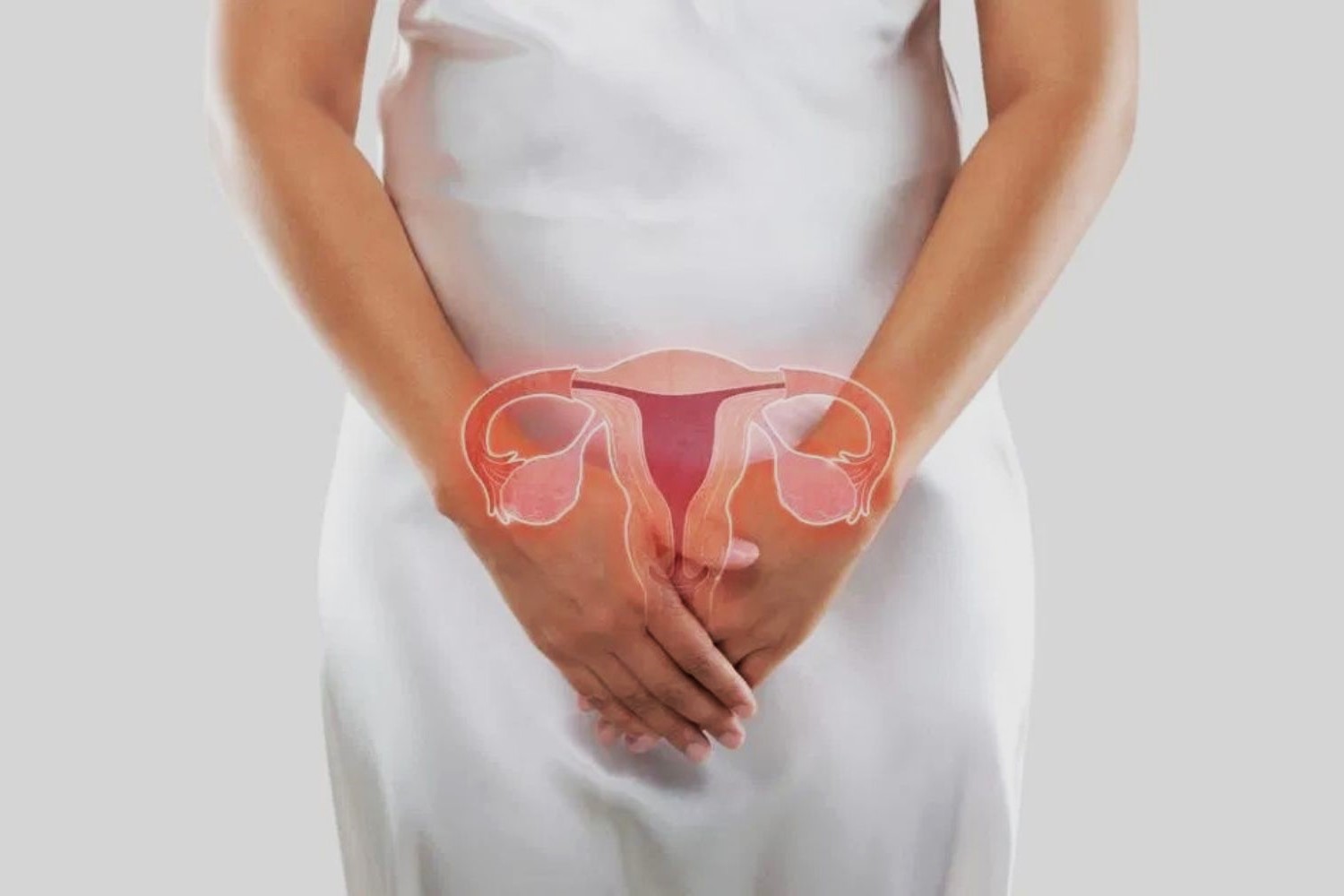
Rokitansky Sequence, also known as Mayer-Rokitansky-Küster-Hauser (MRKH) syndrome, is a rare congenital disorder affecting the female reproductive system. Did you know that it occurs in approximately 1 in 4,500 female births? This condition results in the underdevelopment or absence of the uterus and the upper part of the vagina, while external genitalia appear normal. Despite these challenges, individuals with Rokitansky Sequence often lead healthy lives and can have biological children through assisted reproductive technologies. Curious about more? Here are 30 intriguing facts about Rokitansky Sequence that will deepen your understanding of this unique condition.
Key Takeaways:
- Rokitansky Sequence is a rare condition affecting 1 in 4,500 females, leading to the absence of the uterus and upper part of the vagina. Early diagnosis and support are crucial for managing this condition.
- While there's no cure for Rokitansky Sequence, treatments like surgery and psychological support can help individuals lead fulfilling lives. Ongoing research offers hope for improved understanding and future treatment options.
What is Rokitansky Sequence?
Rokitansky Sequence, also known as Mayer-Rokitansky-Küster-Hauser (MRKH) syndrome, is a rare congenital disorder. It primarily affects the reproductive system of females. This condition can have significant implications on a person's life.
-
Rokitansky Sequence affects 1 in 4,500 females. This makes it a rare condition, often diagnosed during adolescence.
-
Named after Carl von Rokitansky. The Austrian pathologist first described it in the 19th century.
-
Characterized by the absence of the uterus and upper part of the vagina. Despite this, external genitalia appear normal.
-
Ovaries are usually functional. This means individuals can produce eggs and have normal secondary sexual characteristics.
-
Often discovered during puberty. Many girls seek medical advice when they don't start menstruating.
Symptoms and Diagnosis
Understanding the symptoms and how Rokitansky Sequence is diagnosed can help in early detection and management.
-
Primary amenorrhea is a key symptom. This means the absence of menstrual periods by age 16.
-
Normal development of secondary sexual characteristics. Breast development and pubic hair growth occur as usual.
-
Diagnosis often involves imaging tests. Ultrasound or MRI scans help visualize the reproductive organs.
-
Hormone levels are typically normal. Blood tests usually show normal levels of estrogen and other hormones.
-
Genetic testing may be conducted. This helps rule out other conditions and confirm the diagnosis.
Causes and Risk Factors
The exact causes of Rokitansky Sequence are still being studied. However, some factors are known to contribute to its development.
-
Believed to be a result of interrupted development of the Müllerian ducts. These ducts form the female reproductive tract during embryonic development.
-
Genetic factors may play a role. Some cases have been linked to mutations in specific genes.
-
No known environmental causes. Unlike some congenital conditions, environmental factors don't seem to influence its occurrence.
-
Family history can be a risk factor. Although rare, having a relative with the condition increases the likelihood.
-
Occurs sporadically in most cases. This means it often appears without any clear pattern or cause.
Treatment and Management
While there's no cure for Rokitansky Sequence, various treatments can help manage the condition and improve quality of life.
-
Surgical options are available. Procedures can create a functional vagina, allowing for normal sexual activity.
-
Non-surgical treatments include vaginal dilators. These devices gradually stretch the vaginal tissue.
-
Hormone therapy is usually unnecessary. Since ovaries function normally, hormone levels are typically adequate.
-
Psychological support is crucial. Counseling can help individuals cope with the emotional impact of the diagnosis.
-
Fertility options include surrogacy and adoption. Since ovaries produce eggs, biological children are possible through surrogacy.
Living with Rokitansky Sequence
Living with Rokitansky Sequence involves adapting to the challenges it presents. Support and education are key components.
-
Support groups can be beneficial. Connecting with others who have the condition provides emotional support.
-
Education about the condition is important. Understanding the syndrome helps individuals make informed decisions about their health.
-
Regular medical follow-ups are recommended. Ongoing care ensures any complications are promptly addressed.
-
Sexual health education is vital. Learning about safe practices and options can improve sexual well-being.
-
Advocacy and awareness efforts are growing. Increased awareness helps reduce stigma and promotes research.
Research and Future Directions
Ongoing research aims to better understand Rokitansky Sequence and improve treatment options.
-
Stem cell research shows promise. Scientists are exploring ways to regenerate reproductive tissues.
-
Genetic studies continue. Identifying specific genes involved could lead to targeted therapies.
-
Improved imaging techniques aid diagnosis. Advances in technology make it easier to detect and understand the condition.
-
Patient registries help track outcomes. Collecting data from individuals with Rokitansky Sequence informs future research.
-
Collaborative efforts are essential. Researchers, healthcare providers, and patients working together can drive progress.
Final Thoughts on Rokitansky Sequence
Rokitansky Sequence, also known as Mayer-Rokitansky-Küster-Hauser (MRKH) syndrome, is a rare congenital disorder affecting the female reproductive system. It results in the underdevelopment or absence of the uterus and upper part of the vagina. Despite these challenges, individuals with MRKH can lead fulfilling lives with proper medical care and support. Advances in medical science have made it possible for those affected to explore options like reconstructive surgery and assisted reproductive technologies. Awareness and understanding of MRKH are crucial for providing the necessary support and reducing the stigma associated with this condition. By fostering a supportive community and promoting research, we can improve the quality of life for those living with Rokitansky Sequence.
Frequently Asked Questions
Was this page helpful?
Our commitment to delivering trustworthy and engaging content is at the heart of what we do. Each fact on our site is contributed by real users like you, bringing a wealth of diverse insights and information. To ensure the highest standards of accuracy and reliability, our dedicated editors meticulously review each submission. This process guarantees that the facts we share are not only fascinating but also credible. Trust in our commitment to quality and authenticity as you explore and learn with us.
